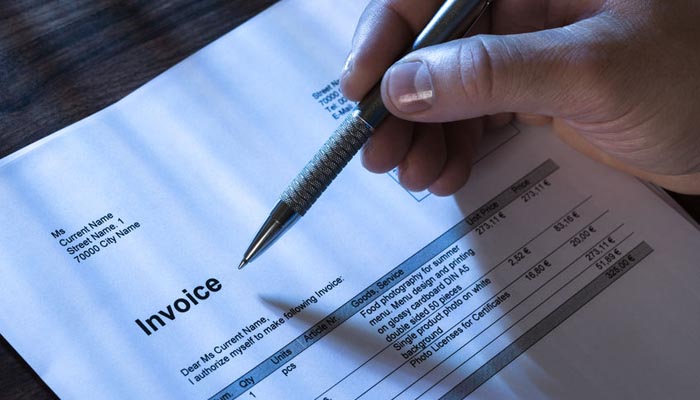To prevent chargebacks, half the battle lies in a clear billing descriptor.
I’m going to guess that the payment processor that handles transactions for our local school food service program has a bit of trouble with chargebacks. They’re a big name in the payment processing industry, which left me puzzled after checking my bank statement.
I look at my banking statement about once a week, likely more than the average consumer, but perhaps not as often as I should. Not long ago I noticed a charge for a little more than $40 on my bank statement which I didn’t recognize.
Shortly after I was on the phone with my bank, seconds away from issuing a chargeback.
Attention subscription and recurring billing merchants
When my kids entered the local school system, I set up their school lunch accounts with recurring billing through a website partnered with both the school and a well-known payment processor. Every time my kids’ lunch account balances decreased to under $10, their lunch accounts were automatically replenished from my bank account – similar to how I pay the toll on the way to Instabill each morning.
Now, when I created the accounts online, it’s likely there was a clause somewhere noting the descriptor would appear as it did. I do not recall, and it certainly wasn’t prominent.
To chargeback or not to chargeback
I fretted over this charge. For the life of me, I couldn’t recognize it. It was on my statement last month and the month before that. The descriptor was vague, listing the name of my city ‘Newburyport Publ’ (sic), and nothing more.
I let my imagination run wild.
- Could this be some scam in which a fraudster has slowly, steadily been stealing $40-plus from my bank account every month?
- Did I or my wife recently subscribe to some type of subscription or service?
- Was the charge coming from the city in which we live?
I was at a loss.
I called the bank’s customer support and asked if they could identify the charge for me. They could, but it might take 2-3 days and it would cost me $35, which I scoffed at. The woman asked if I would like to file a chargeback. I thought about it for a few seconds – I nearly said yes.
‘Not yet,’ I replied. I was determined to figure this out on my own.
Then it hit me…
Obviously, the name of the business acronym was ‘Newburyport Public something.’ I asked my wife what this charge could be. We were stumped. I asked one of my sons, who looked at the descriptor and recognized the charge for his and his brother’s lunches at school (they see their balances after every transaction).
Bingo. Made sense.
But still…
The only reason I didn’t file a chargeback was because I work in the payments industry, and realize how damaging chargebacks can be for a business. I wondered about most other consumers who are less informed and might’ve filed a chargeback.
Our advice to prevent chargebacks
A company’s billing descriptor should be instantly recognizable, customized to the business, to prevent chargebacks. It should include:
- Company/business name most recognizable to customers
- Phone number for customer support
- Your website and/or an e-mail address
One last bit of advice about your billing descriptor: perform a test transaction, enabling you to see what the customer sees on their receipt and credit card statement.
The best resource to prevent chargebacks
Instabill’s satellite website, Instabill.org, is a free online guide to chargeback prevention, mitigation and even reversal. Log on today to find valuable tips and strategy to reduce chargebacks.


